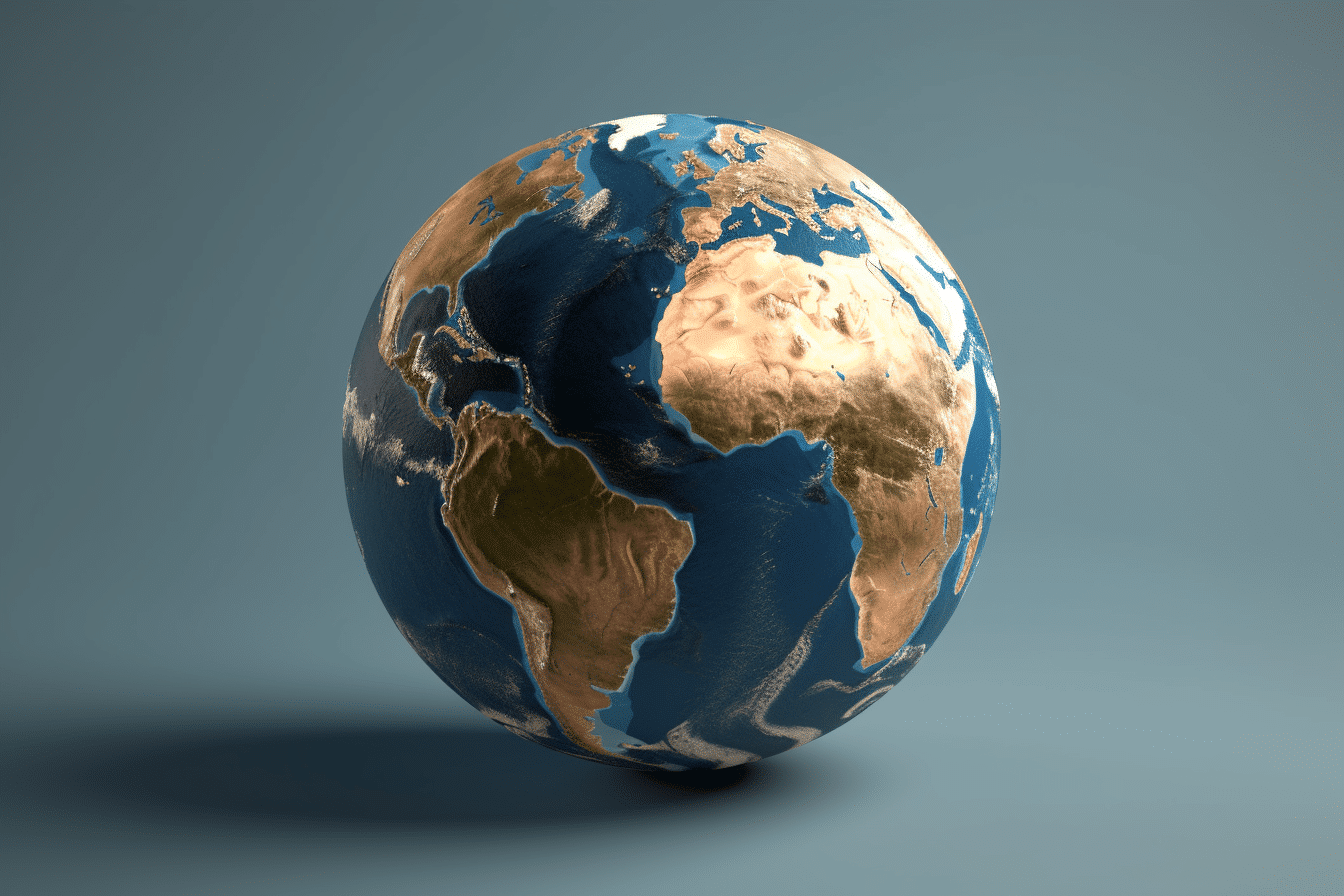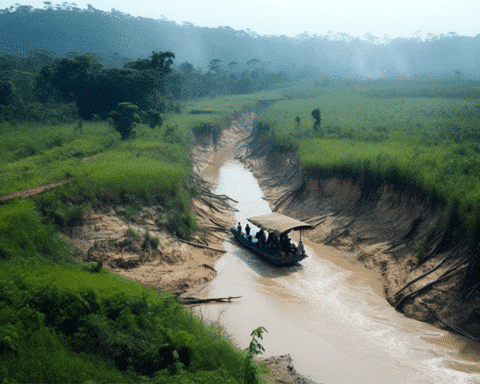Scientists have found a vast ocean beneath the Earth’s crust in an astonishing revelation.
Recent times have seen a flurry of groundbreaking scientific discoveries that have left the world agog. From the detection of a menacing black hole directly aligned with our planet, the uncovering of a vast solar cavity in the Sun, to the identification of the world’s second-largest blue hole off the coast of Mexico – and now, the revelation of a colossal ocean hidden under the Earth’s crust.
This subterranean ocean, vast in expanse, resides 400 miles beneath the Earth’s surface, secured within a type of rock called “ringwoodite.”
Researchers have found that water in this deep mantle rock exists in a unique form. It is neither a liquid, a solid, nor a gas – it represents a fourth state, suspended in a spongy state within the rock. The scientific community first presented these findings in a 2014 paper titled “Dehydration Melting at the Top of the Lower Mantle.”
Describing the unique properties of ringwoodite, geophysicist Steve Jacobsen explains, “Ringwoodite is akin to a sponge, it absorbs water. Something exceptional about its crystalline structure enables it to draw in hydrogen and capture water.”
He further elaborates, “This mineral can hold a significant amount of water under deep mantle conditions.” Jacobsen was a crucial part of the team behind this extraordinary discovery.
Expressing the larger implications of their findings, he added, “I believe we’re finally witnessing evidence of a global water cycle, which may explain the substantial volume of liquid water on our habitable planet’s surface. This ‘missing’ deep water has been the focus of scientific search for decades.”
These conclusions were drawn from studying earthquake patterns and noting that seismometers registered shock waves beneath the Earth’s surface. This led to the understanding that water was conserved within the ringwoodite rock.
Should this rock contain even just 1% water, it suggests that the volume of water beneath the Earth’s surface triples that found in all of the surface oceans combined.
The existence of this extensive, subterranean reservoir is a testimony to the endless possibilities that lie beneath the surface, literally and metaphorically. As science pushes the boundaries of our knowledge about our planet, we continue to uncover its fascinating secrets. This revelation could reshape our understanding of Earth’s hydrological cycle and water distribution, presenting a new frontier of geology and Earth science exploration.



